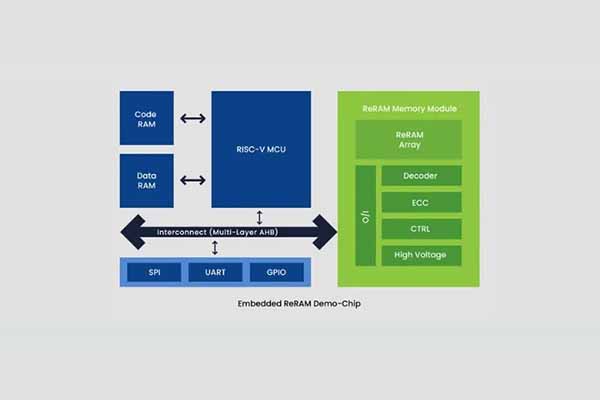Weebit ReRAM tape-out in 22nm, one of the industry’s most common process nodes and a geometry where embedded flash is not feasible. Weebit collaborated with CEA-Leti and CEA-List to successfully scale down its ReRAM technology to 22nm. The teams created a full IP memory module that incorporates a multi-megabit ReRAM block and is designed for connected and ultra-low power applications such as IoT and edge AI.
As embedded flash is unable to scale below 28nm, new NVM technology is needed for smaller process geometries. Weebit ReRAM in 22nm FD-SOI offers a low-power, cost-effective embedded NVM solution which can withstand harsh environmental conditions. Coby Hanoch, CEO of Weebit Nano, said “We’re delighted to have taped-out on schedule our first demo chip in 22nm. Embedded NVM is a key element of such designs, but since embedded flash is difficult to scale below 28nm, many companies are looking to emerging technologies like ReRAM.”
Olivier Faynot, Head of Silicon Component Division, CEA-Leti, said “FD-SOI technology provides high performance with low voltages and low leakage to enable devices to operate at higher frequencies with better energy efficiency.” Weebit’s embedded ReRAM module includes an 8Mb ReRAM array, control logic, decoders, IOs (Input/Output communication elements) and error correcting code (ECC).
It is built with patent-pending analogue and digital circuitry that runs smart algorithms to significantly improve the technical parameters of the memory array. Weebit‘s ReRAM technology, among other advantages, excels in harsh environmental conditions such as high temperatures, radiation, and electro-magnetic fields, making it ideal for IoT, medical, automotive, and industrial applications.
The demo chips comprise a full sub-system for embedded applications, including the Weebit ReRAM module, a RISC-V microcontroller (MCU), system interfaces, memories and peripherals.














